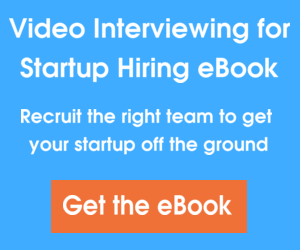So you’ve hired a new employee. A few days pass — so far, so good. But then a few weeks later, things change. Your new hire, once so promising, is consistently falling short.
It’s every small business owner’s nightmare. You know better than anyone that a hiring mistake can cost you big time. In fact, TIME reports that it can cost up to twice of that employee’s annual salary, according to the Society for Human Resources Management.
How can you ensure you don’t find yourself in this situation again? TIME has a few suggestions:
- Opportunities for career advancement. When you’re creating the profile for a job opening, don’t just limit yourself and job candidates to what you need right now. Think long-term. Include some mention of professional growth and advancement.
- Employee referral program. The best judges of who would be a good fit at your company are your own employees. Tap them as a resource for new hires. They’ll be able to suggest job candidates who are not only qualified but will be a good fit for the team.
- Tap into technology. Streamline the hiring process with technology like Spark Hire: Create a branded company profile, interview job candidates via video, and share those interviews with colleagues. Using technology like Spark Hire for hiring purposes saves you time and enables you to include more of your coworkers in the hiring process.
- Just say no to social media stalking. Don’t Google job candidates. You’ll get a skewed sense of who they are and what they have to offer. Photos from their college days might not be indicative of the type of person or employee they are today. Plus, it can land you in a heap of legal trouble.
- Identify your must-have traits. Before job interviews, get your team together and talk about the six qualities that you want your new hire to possess. Not only will you all be on the same page, but your interviews will be more focused. And with more focused interviews, you’ll be able to better find the candidate that is right for the job.
With these tips in mind, you’ll not only be able to hire a better candidate but do so in a shorter amount of time. Granted, the goal isn’t to get a body into that cubicle or office as quickly as possible. It’s to find the best candidate for the job. But getting specific about what you want in potential candidates as well as how you approach the hiring process can yield the best possible result for your small business.
Do you agree or disagree with any of these best practice suggestions? Leave a comment below.











